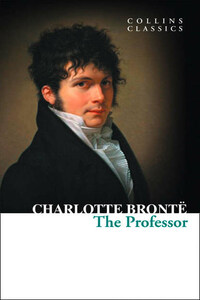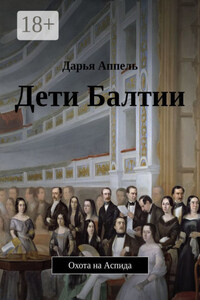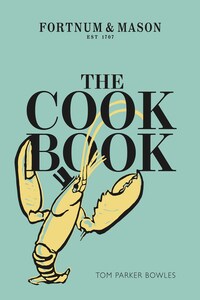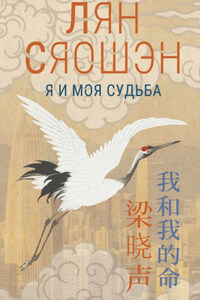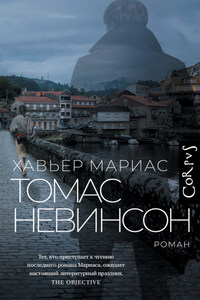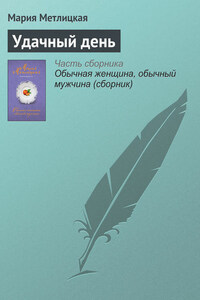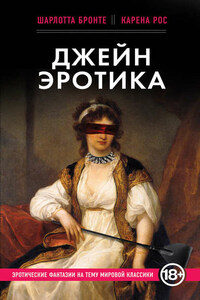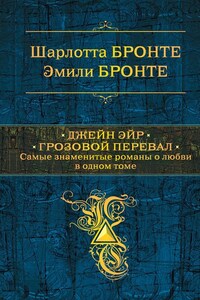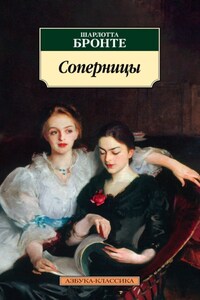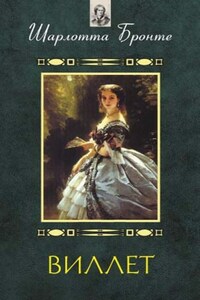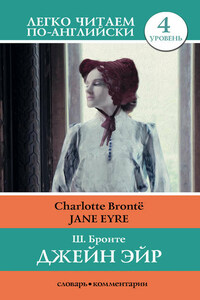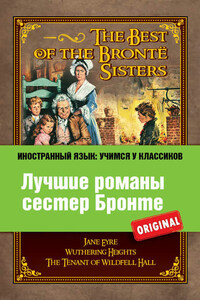In 1819, millworker William Collins from Glasgow, Scotland, set up a company for printing and publishing pamphlets, sermons, hymn books and prayer books. That company was Collins and was to mark the birth of HarperCollins Publishers as we know it today. The long tradition of Collins dictionary publishing can be traced back to the first dictionary William published in 1824, Greek and English Lexicon. Indeed, from 1840 onwards, he began to produce illustrated dictionaries and even obtained a licence to print and publish the Bible.
Soon after, William published the first Collins novel, Ready Reckoner, however it was the time of the Long Depression, where harvests were poor, prices were high, potato crops had failed and violence was erupting in Europe. As a result, many factories across the country were forced to close down and William chose to retire in 1846, partly due to the hardships he was facing.
Aged 30, Williamâs son, William II took over the business. A keen humanitarian with a warm heart and a generous spirit, William II was truly âVictorianâ in his outlook. He introduced new, up-to-date steam presses and published affordable editions of Shakespeareâs works and Pilgrimâs Progress, making them available to the masses for the first time. A new demand for educational books meant that success came with the publication of travel books, scienti?c books, encyclopaedias and dictionaries. This demand to be educated led to the later publication of atlases and Collins also held the monopoly on scripture writing at the time.
In the 1860s Collins began to expand and diversify and the idea of âbooks for the millionsâ was developed. Affordable editions of classical literature were published and in 1903 Collins introduced 10 titles in their Collins Handy Illustrated Pocket Novels. These proved so popular that a few years later this had increased to an output of 50 volumes, selling nearly half a million in their year of publication. In the same year, The Everymanâs Library was also instituted, with the idea of publishing an affordable library of the most important classical works, biographies, religious and philosophical treatments, plays, poems, travel and adventure. This series eclipsed all competition at the time and the introduction of paperback books in the 1950s helped to open that market and marked a high point in the industry.
HarperCollins is and has always been a champion of the classics and the current Collins Classics series follows in this tradition â publishing classical literature that is affordable and available to all. Beautifully packaged, highly collectible and intended to be reread and enjoyed at every opportunity.
The Brontë Family
Following in the footsteps of Jane Austen, the Brontë sisters, Charlotte, Emily and Anne, were the next generation of female writers. Unlike Austen, they were northerners, born and raised in West Yorkshire, England. There were also two other sisters, Maria and Elizabeth, who sadly died at the ages of 10 and 11 from tuberculosis, and a brother, Branwell, who became an artist and poet, fuelled by his opium and alcohol addiction.
Charlotte Brontë (1816â55) had three novels published in her lifetime, but it is for Jane Eyre (1847) that she is most celebrated. Her sister, Emily Brontë (1818â48), is lauded for her only novel Wuthering Heights (1847) â a complex tragedy, spanning two generations, that expresses the mess that people can make of their lives when needs and desires are allowed to control their actions and reactions, as opposed to common sense and restraint.
Anne Brontë (1820â49) is the lesser known of the sisters. She published two novels, Agnes Grey (1847) and The Tenant of Wildfell Hall (1848). Unlike her sisters, Anneâs style was one of realism rather than romanticism, making her the more contemporary writer at the time.
All three sisters used pen names (Currer Bell, Ellis Bell and Acton Bell respectively), as it was common at that time for female novelists to adopt male pseudonyms in an effort to be taken more seriously. Indeed, another well-known female author, George Eliot (1818â80), had the real name of Mary Ann Evans. The reputation of the female novelist at the time was uncertain, and it seems that Jane Austen herself may have prompted this practice.
The surname Brontë wasnât wholly genuine, either. Their father, Patrick, had originally been known as âBruntyâ, a name he is believed to have claimed for reasons of insecurity and vanity, as an unusual name gave the illusion of continental sophistication and heritage.
